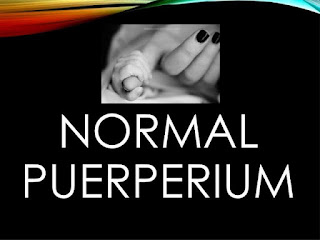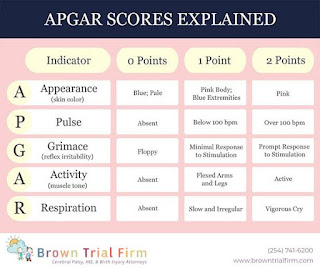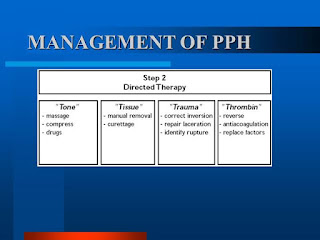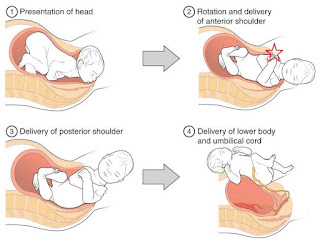MANAGEMENT OF SEVERE PRE-ECLAMPSIA AND ECLAMPSIA

Section 1: Initial management
Learning objectives
At the end of the first section of this session, learners will be able to:
Describe initial management of women with severe pre-eclampsia and eclampsia
Provide initial management for women with severe pre-eclampsia and eclampsia according to recommended standards
?Severe pre-eclampsia and eclampsia
? Diagnostic criteria – severe pre-eclampsia
(1) Diastolic BP 110 mm Hg or more
(2) Proteinuria 3+ or more
? Diagnostic criteria – eclampsia
(1) A pregnant woman or a woman who has recently given birth is found unconscious or having convulsions (fits), diastolic BP 110 mm Hg or more
(2) Proteinuria 2+ or more
A small proportion of women with eclampsia have normal blood pressure. Treat all pregnant/postpartum women with convulsions as if they have eclampsia until another diagnosis is confirmed.
?Management of severe pre-eclampsia and eclampsia
The two major pharmaceutical interventions during initial management of severe pre-eclampsia and eclampsia are:
(1) Anticonvulsant therapy
(2) Antihypertensive treatment
Initial management (1)
If the woman is unconscious or convulsing, provide care during and after a convulsion
Check BP, pulse, respirations, reflexes and fetal heart rate (FHR)
Auscultate the lung bases for rales indicating pulmonary edema. If rales are heard, withhold fluids and give furosemide 40 mg IV once.
If there are no signs of pulmonary edema, start an IV infusion and infuse IV fluids.
Encourage the woman to lie on her side.
Catheterize the bladder to monitor urine output.
Initial management (2)
If dBP remains above 110 mmHg, give antihypertensive drugs.
Give anticonvulsive drugs to prevent or treat convulsions/fits
If possible, check complete blood count (CBC), liver function tests (LFTs), blood urea nitrogen (BUN), serum creatinine and blood uric acid levels.
Assess clotting status with a bedside clotting test (see below).
Share findings with the woman
Never leave the woman alone
Demonstration: Bedside clotting test
Take 2 mL of venous blood into a small, dry, clean, plain glass test tube (approximately 10 mm x 75 mm).
Hold the tube in a close fist to keep it warm (±37°C).
After four minutes, tip the tube slowly to see if a clot is forming. Then tip it again every minute until the blood clots and the tube can be turned upside down.
Failure of a clot to form after seven minutes or a soft clot that breaks down easily suggests coagulopathy.
➡️ Anticonvulsant therapy
There are two main anticonvulsant drugs that are recommended: magnesium sulfate and diazepam.
Magnesium sulfate is the preferred anticonvulsant.
Magnesium sulfate reduces the risk of eclampsia without any substantive effect on longer-term morbidity and mortality for the women or children.
For prevention of occurrence and recurrence of eclamptic convulsions/fits, magnesium sulfate is more effective and has fewer risks than diazepam.
Do NOT give lytic cocktail, phenobarbital, or phenytoin (Dilantin) to pregnant women.
Formulation of Magnesium Sulfate (PCPNC 2006)
50% Solution (1g/2mL)
20% Solution (1 g/5 mL)
IM
5 g
10 ml and 1 ml 2%
Not applicable
lignocaine
IV
4 g
8 ml
Add 12 mL sterile water to 4 g 50% solution (4
g = 8 mL) to make 20 mL of a 20% solution
2 g
4 ml
Add 6 mL sterile water to 2 g 50% solution (2 g= 4 mL) to make 10 mL of a 20% solution,
When giving magnesium sulfate:
Ensure that aseptic technique is practiced
Warn the woman that a feeling of warmth will be felt when magnesium sulfate is given
Continue treatment with magnesium sulfate for 24 hours after delivery or the last convulsion, whichever occurs last
10
Demonstration: MgSO4 – Loading dose (1)
Give magnesium sulfate 20% solution, 4 g IV over 5 minutes
Take one 20 mL sterile syringe.
Draw 8 mL of MgSO4 50% (4 g = 8 mL) into the syringe.
Add 12 mL of sterile water for injection to make it 20%.
Give IV slowly over 5 minutes.















